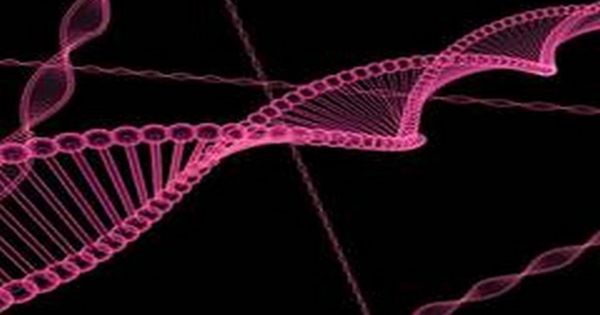Knowledge about how cells interact is a fundamental to understanding certain biological processes and diseases. A research team led by researchers at the University of Göteborg has now used a novel variety of approaches to map the process behind cellular contact. Their results could theoretically enhance understanding of the underlying mechanism behind type 2 diabetes.
A research team led by researchers at the University of Gothenburg has used a unique combination of methods to map the mechanism behind cellular communication. Knowledge of how cells communicate is an important key to understanding many biological systems and diseases.
We know that human contact is important, but communication between the cells of our bodies is just as vital. Processes in which cells synchronize and organize their actions are important for the functioning of the body and for human organs to perform their functions.
“How do cells go from monologs to dialogues? How do cells switch from behaving as entities to acting as a community? We need to better understand this complex and complicated action,” says Caroline Beck Adiels, senior lecturer at the Department of Physics at the University of Göteborg.
Have found the mechanism behind cellular communication
She is responsible for the study that has now been published in the scientific journal PNAS, in which researchers have developed a framework for analyzing cellular connectivity. In the analysis, the mechanism behind cellular contact in the metabolic phase was successfully mapped using small culture chambers to monitor the environment around the cells.
Researchers have preferred to study yeast cells because they are close to human cells and focus on glycolytic oscillations – a sequence of chemical reactions during metabolism in which the concentration of substances will pulse or oscillate. The research shows how cells that originally oscillated separately migrated to more coordinated cells, forming partially synchronized cell populations.
“One of the interesting features about this research is that we have been able to study individual cells instead of only whole cell populations. This has really helped us to see how the cells switch from their individual actions to the coordination with their neighbors. We have been able to map their actions both temporally and spatially, that is, when something happens and in which cell,” says Beck Adiels.
Opens up opportunities for understanding type 2 diabetes
According to Beck Adiels, this information can be extended to many other biological processes and more complex cells where organized cell activity plays an important role. This form of activity is also present in cells such as heart muscle cells and pancreatic cells, which may be an important piece of the puzzle of diabetes studies.
“The research will help us understand how pancreatic cells are regulated and how they secrete insulin, which can help us understand the fundamental mechanism behind type 2 diabetes. Eventually, this could lead to the production of new drugs to cure the disorder.”
The thesis is a collaboration between eight researchers at Swedish and foreign universities, and Caroline Beck Adiels points out that this interdisciplinary cooperation has been important in researching the diverse behavior of cells from different perspectives.
“I am very proud of this work, which could not have been completed if we had not worked together across disciplines,” she says.














